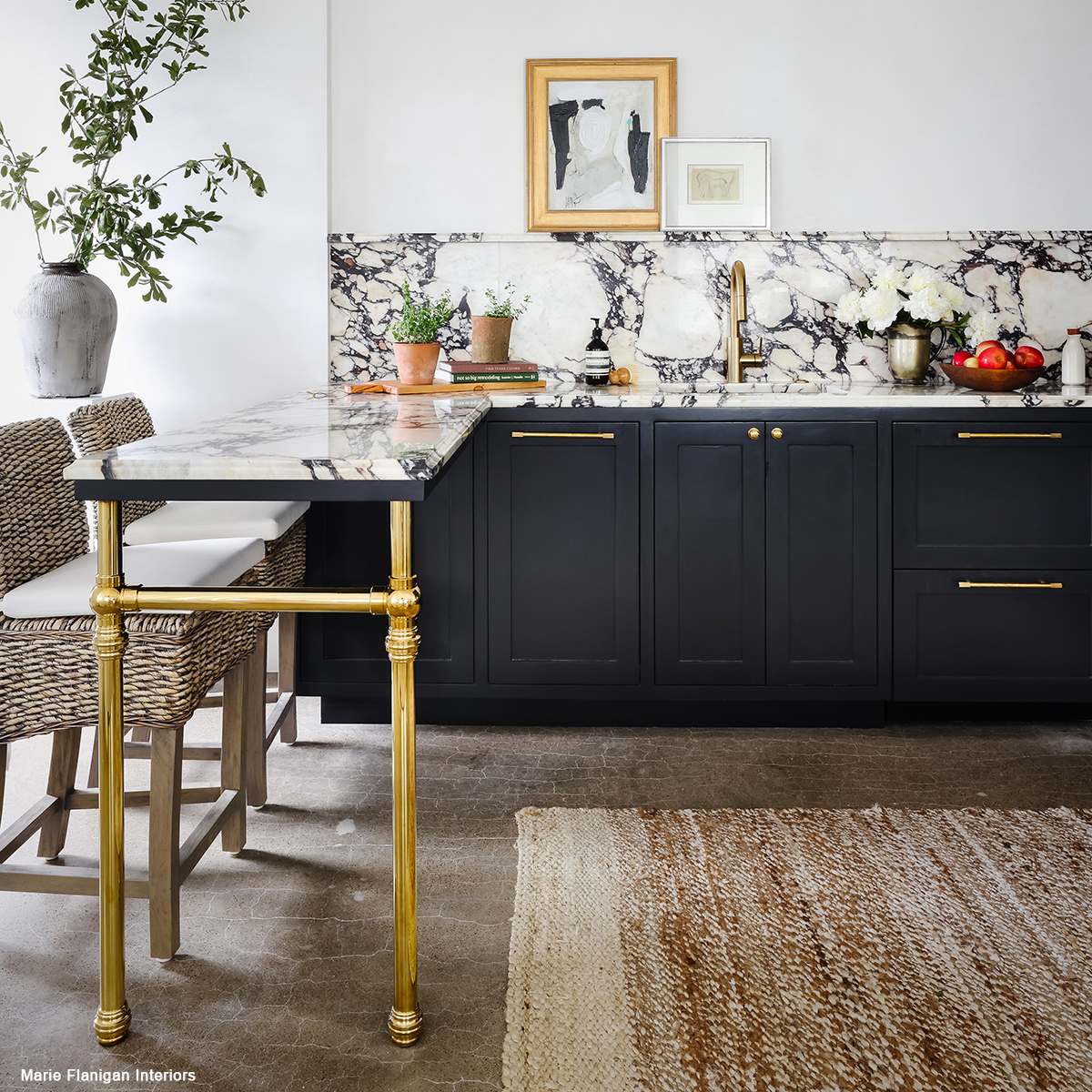Attain the Perfect Equilibrium of Form and Function with Legs For Kitchen Island
Attain the Perfect Equilibrium of Form and Function with Legs For Kitchen Island
Blog Article
Crucial Variables to Take Into Consideration When Choosing Legs For Kitchen Area Island
Choosing the ideal legs for a kitchen area island entails a careful assessment of several factors that can substantially affect both performance and visual appeal. As we check out these components, it becomes clear that each decision can have far-ranging implications for the general cooking area experience.
Material Options
When choosing legs for a kitchen island, recognizing the different material choices is essential for accomplishing both visual charm and architectural integrity (Legs For Kitchen Island). The choice of material dramatically affects not only the durability of the island however additionally its total layout and performance
Steel legs, commonly made from stainless steel or functioned iron, add a industrial and modern feel while ensuring toughness and security. These products are immune to use and can support substantial weight, making them perfect for larger islands.
An additional alternative is crafted materials, like MDF or plywood, which can be much more affordable while still offering a series of coatings. Nonetheless, they may not offer the same degree of stability as solid timber or steel. Materials such as acrylic or glass can develop a contemporary appearance, though they might require added support to ensure security.
Ultimately, the option of material for kitchen island legs must align with the wanted performance and the overall style of the kitchen.
Design And Style

When thinking about design, the form and coating of the legs are critical. Tapered legs can provide a sense of lightness and style, while thicker, much more durable legs can communicate stamina and stability. Additionally, the finish-- be it painted, stained, or all-natural-- need to enhance the kitchen cabinetry and counter top materials to create a unified look.
Moreover, the layout of the legs can additionally mirror personal taste. Custom or attractive legs, such as those including complex carvings or unique geometric forms, can work as centerpieces, adding character and individuality to the kitchen area. Eventually, the right selection will certainly not only enhance capability however also boost the visual appeal, making the kitchen island a standout attribute of the home.
Height Factors To Consider
Picking the suitable height for kitchen area island legs is important, as it directly influences both performance and convenience. The common height for a cooking area island usually ranges from 36 to 42 inches, straightening with common kitchen counter heights. A 36-inch elevation is suitable for cooking and food preparation, enabling comfy usage of cooking area appliances and devices. Conversely, an elevation of 42 inches is frequently favored for islands meant for bar seats, accommodating taller feceses and offering a laid-back eating experience.

It is also important to represent users' heights and choices. Customizing the elevation can guarantee a comfortable experience for all household members, making the cooking area island an extra functional and enjoyable space.
Weight Assistance
Making sure ample weight support for kitchen island legs is important for both security and capability. The cooking area island frequently offers several purposes, consisting of food prep work, eating, and extra storage, necessitating a durable support structure. When selecting legs, it is crucial to think about the total weight capability required based on the island's intended use and the products that will certainly be put on it.
The option of material for the legs plays a significant role in their weight-bearing capabilities. Solid wood, metal, Visit Website and sturdy compounds generally supply premium stamina contrasted to lighter products. Furthermore, the layout of the legs-- whether they are right, tapered, or have a pedestal kind-- can influence their ability to distribute weight successfully throughout the structure.
Furthermore, the leg placement should be purposefully intended to enhance stability. Legs positioned at the corners or with a bigger base can better sustain much heavier loads. Always seek advice from the producer's requirements relating to lots limitations to make certain that the legs can sustain the desired weight without endangering security. In recap, picking kitchen area island legs with adequate weight support is crucial for creating a functional and secure culinary space.
Installment and Maintenance
Correct setup and upkeep of kitchen island legs are critical for ensuring long life and stability. This commonly involves safeguarding the legs to the island base using proper fasteners, making sure that the legs are degree and lined up.
As soon as installed, routine upkeep is required to maintain the integrity and appearance of the legs - Legs For Kitchen Island. For wood legs, periodic cleaning with a wet cloth and application of appropriate timber news gloss can stop moisture damage and keep their finish. Metal legs may need a gentle cleansing option to eliminate oil and crud, adhered to by a completely dry cloth to stop corrosion development
Additionally, inspect the legs routinely for signs of wear or damage, such as fractures or loose joints. Tightening screws or bolts as required can likewise prolong the life-span of the legs. By sticking to these installment and maintenance practices, house owners can make sure that their kitchen area island continues to be strong and aesthetically appealing for many years to find.
Verdict

Visual coherence is critical in choosing the design and layout of legs for a kitchen island, as these elements considerably affect the total setting of the space. Tapered legs can offer a sense of lightness and sophistication, while thicker, extra durable legs can share toughness and stability.Choosing the appropriate height for kitchen area island legs is essential, as it directly impacts both performance and comfort. In summary, selecting kitchen island legs with sufficient weight support is important for producing a risk-free and functional cooking room.
In final thought, selecting legs for a kitchen area island requires mindful consideration of numerous factors, consisting of product alternatives, design, elevation, weight support, and installation.
Report this page